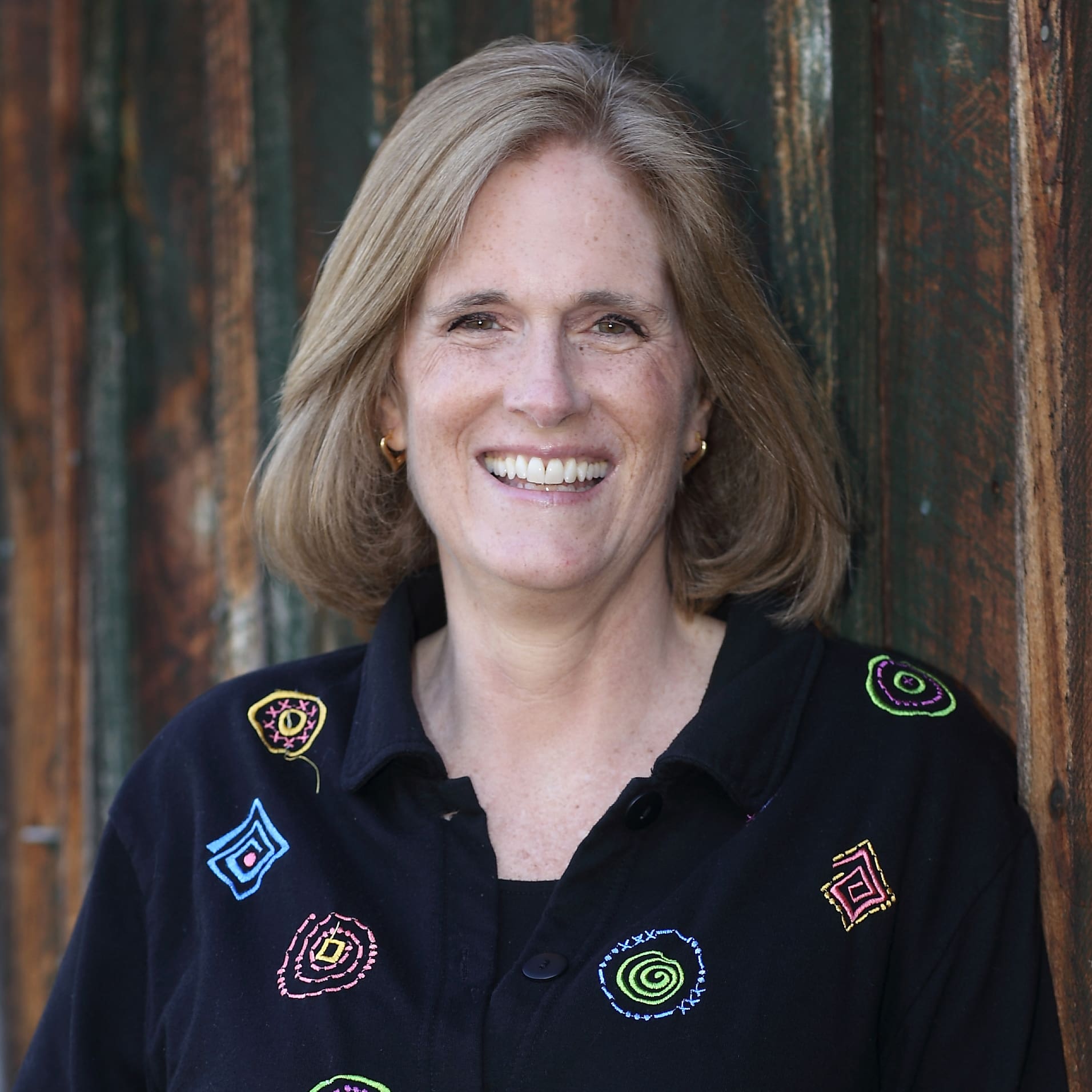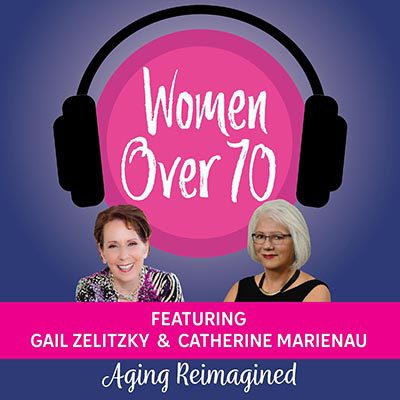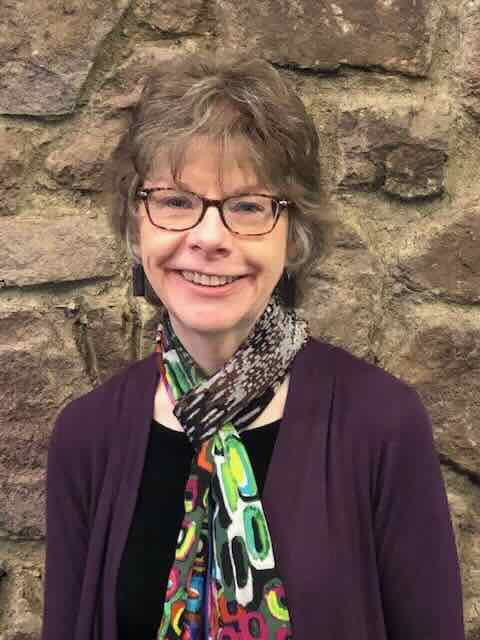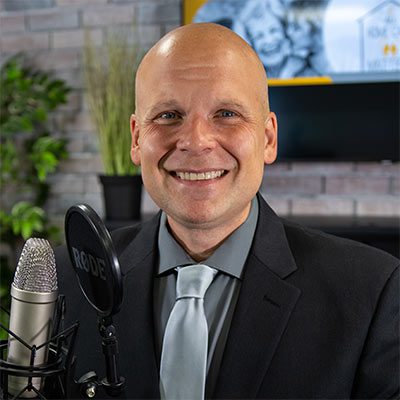Using Subtle Tools To Help Process A Life
I was visiting with a friend today about Aging and looking at life. She used the words “building blocks” to describe the various and numerous life events we all have from birth to the present. These key events have determined who we have become, the life experiences that, put together, have created who we are.
It is these building blocks that all of us will examine as we approach the end of our life. We will examine them if not on a conscious level then on an unconscious level.
When gradual death begins, through disease or old age, our mind turns to “what have I done, who have I touched?” We may share those thoughts or we may keep them in the recesses of our being, but they will be there.
For those of us working with end of life, part of our job is to know those thoughts will be present and to watch for the opportunity to listen to them. Notice I used the word “listen.” I didn’t say “address.”
In the months before death when the patient is still alert, still actively engaging, watch for clues, for openings to help bring the “what has life been about” thoughts forward and shared. As part of our end of life Education of the family, we also guide them to the subtle tools for life processing.
As family and significant others we can guide our special one just as professionals can. During the months before death we can help them process their life, to look at their building blocks. This can be done by reminiscing, sharing life stories, asking questions, and looking at scrap books.
When labor begins, weeks before death, it is too late to have thoughtful conversations. The thoughts haven’t stopped, but now the processing is being done inside where there is only room for one.
During the hours to minutes before death is our last opportunity to address the building blocks. The person who is dying will be non responsive, but I believe they can hear. Take this final opportunity to talk to the person alone. Touch them, hold their hand, even sit or lay beside them and begin talking to them. Talk about the good times, talk about the challenging times your relationship has experienced. Talk about love, about disagreements, about fears, about gratitudes, about the building blocks.
Life is like a billion piece jigsaw puzzle and for months now your special person has been trying to put the pieces of their life together. You have helped by sharing, by being there.
Something more about… Using Subtle Tools To Help Process A Life
When families sit and watch NEW RULES for End of Life Care together conversations about everything from pain medications for comfort to do having the dog on the bed during those last days. When the 25 minute film begins it is common for everyone’s shoulders to be high and tight and by the end families are more relaxed and calm. That’s when good discussions start.
Originally Published on https://bkbooks.com/blogs/something-to-think-about
























